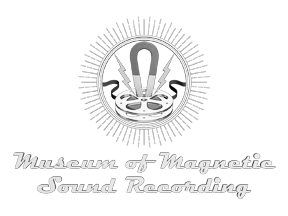Mission Statement
(please note that the Museum ceased to be a non-profit on December 31, 2017)
To create and maintain an on line resource dedicated to the research, acquisition, restoration and preservation of vintage sound recording devices, their inventors, manufactures, engineers, documentation and history. The Museum will also serve as an educational resource for those interested in the sound recording industry and its impact on music, broadcasting, film/video and science.
Vision:
It was the Museum's original intent to create a permanent public museum facility in Austin, Texas. However after five years working hard to create a museum facility, we found there was not sufficient support to fund our museum. For this reason the "non-profit" status ended December 31, 2017. The core of the Museum's collection is the magnetic sound recording devices and their tremendous impact on sound recording from 1935 through the 1980's.
Web content will continue include the history of all sound recording from the 1800's to the present, including information on analog, magnetic and digital recording processes.
Proposed Museum Facility
This is the design draft by our Board member and architect Lloyd Cates. In the Spring of 2015, University of Texas third year Architectural Interior Design students also completed 11 independent designs for our Museum. We were very disappointed it was not possible to pursue the facility.
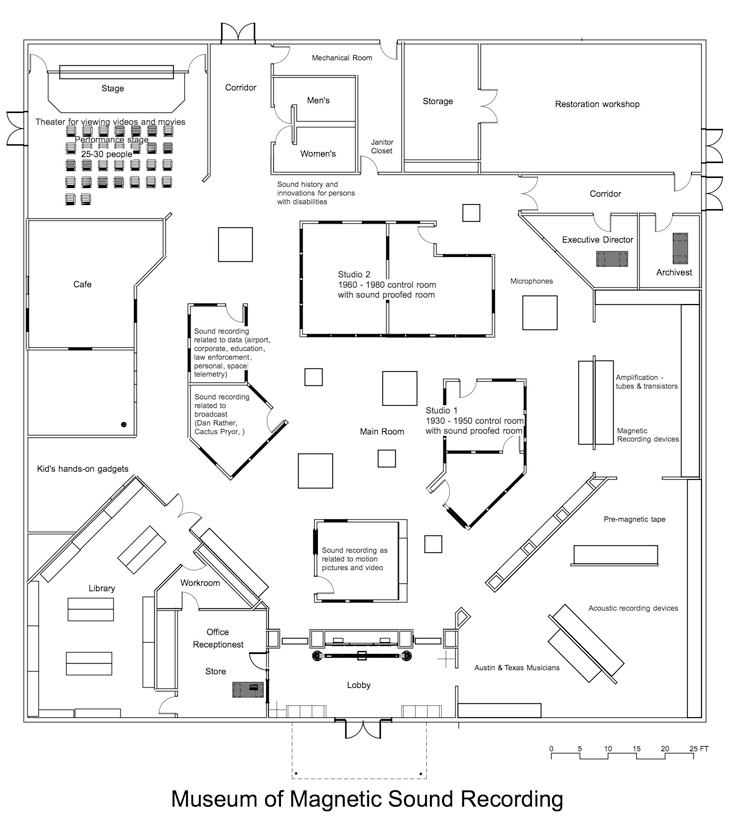
The need for a permanent public sound recording museum continues:
The more information we gathered about a permanent location, the more the project took on a life of its own. We discovered a variety of museums that have various technology displays, including the Grammy Museum, the Rock & Roll Hall of Fame, the Pavek Museum of Broadcasting (which is open only part time). However, we found no public museum that preserves and makes available not just the sound technology, but other related vintage media collections as well.
There is no one museum solely dedicated to the development and display of devices of acoustic and magnetic sound recording. In the US, there are numerous collections and museums based on memorabilia of famous recording artists, some of which include one or two recording devices, however none with this sole purpose. There are museums that celebrate the history of broadcasting and television, however the displays include few reel to reel tape recorders. The Theophilus collection of 200 reel tape recorders is one of the larger collections in the US. The Theophilus collection was initiated in 1998 and in addition to the 200+ reel tape recorders and 100+ microphones the collection includes some 20,000 pictures and documents in the on line museum which is free and receives 1.8 million hits per month. This collection is also unique in that it not only can demonstrate actual working recording devices, the collection also includes extensive documentation and is displayed in a recording studio setting with related historical artifacts.
Update 09/13/21 The private collection has been downsized to around 120 reel tape recorders, 100+ microphones and all the accessories and documentation.
The non-profit timeline
• Fall 2012 - Based on the acquisition of the Ampex 200A; the Studer/ReVox Dynavox T-26; Tan TD-102; Akai Terecorder and other early and unique recorders in the collection, we wanted to find a secure, public location that would become a permanent home for our collection.
• A non-profit board was formed October 10, 2021 and included Bennie Wallace, • Chris Theophilus, Secretary/ Treasurer • Pat Washburn • Lloyd Cates • Michael Murray • Martin Theophilus, Executive Director. The Board decided to call the non-profit - the Museum of Magnetic Sound Recording (MOMSR). The museum is to be funded with private donations.
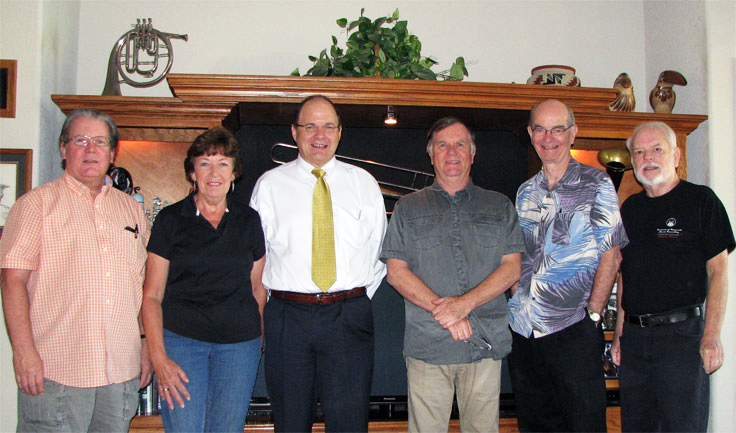
• All operations of MOMSR are managed with volunteer time, including the Executive Director Martin Theophilus
• IRS non-profit status approved effective October 15, 2012
• Texas Secretary of State also approves MOMSR Certificate of Formation
• December 11, 2012 Chris and Martin Theophilus interview Robert Metzner, (founder of Roberts Recorders) in Metzner's Beverly Hills, CA home. His wife Esther and son Richard were also in the interview.
• MOMSR joined the Austin Museum Partnership
• In 2013 MOMSR won a poll conducted by the City of Austin to determine the usage of a city building on the Colorado River that had been abandoned. While MOMSR won the vote, we did not have design drawings available to compete with large architecture companies. Austin still has not moved forward on their plans for the facility.
• September 12, 2014 initiated an Indigogo fund raising campaign.
• Spring 2015 - Tamie Glass, University of Texas School of Architecture professor made MOMSR the project for her Spring 2015 Interior Design class. It was very helpful for folks to be able to visualize what we hoped the Museum will become. Tamie co-ordinated the design work with Lloyd Cates our Board member and architect who had drawn up initial plans for the museum (pictured above on this page).
• November 28, 2015 Bonita Tall, the daughter of Joe Tall, inventor of the editing tape slicing block EditAll, donated the EditAll archives to MOMSR.
• December 14, 2015 the Moody Foundation denies our best opportunity for a significant grant. Here are the support letters for that grant application.
UTSA Interior Design 2015 class summary • UTSA Interior Design Additional Research
UTSA Interior Design student Raquel Torres' MOMSR design wins $30,000 design scholarship!
During the 2015 Spring semester, The University of Texas at Austin's School of Architecture Assistant Professor Tamie Glass gave her Third Year Interior Design students a project to design the interior space for our Museum of Magnetic Sound Recording. Three of her students entered their MOMSR design projects in a national competition and Raquel Torres (far left in the Museum wirh Sarah and Ronnie) won a $30,000 Angelo Donghia Senior Student Scholarship in Interior Design. The story is featured on the UT School of Architecture’s home page and in The Daily Texan.
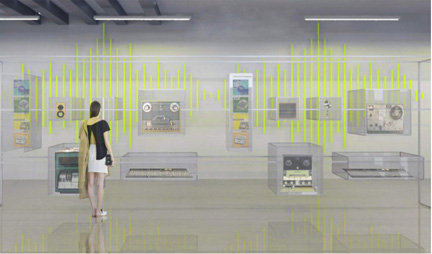
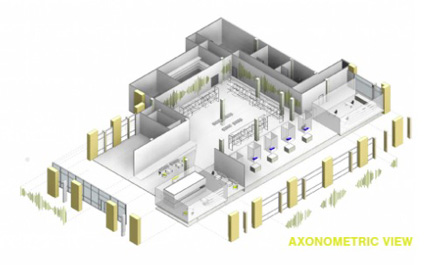
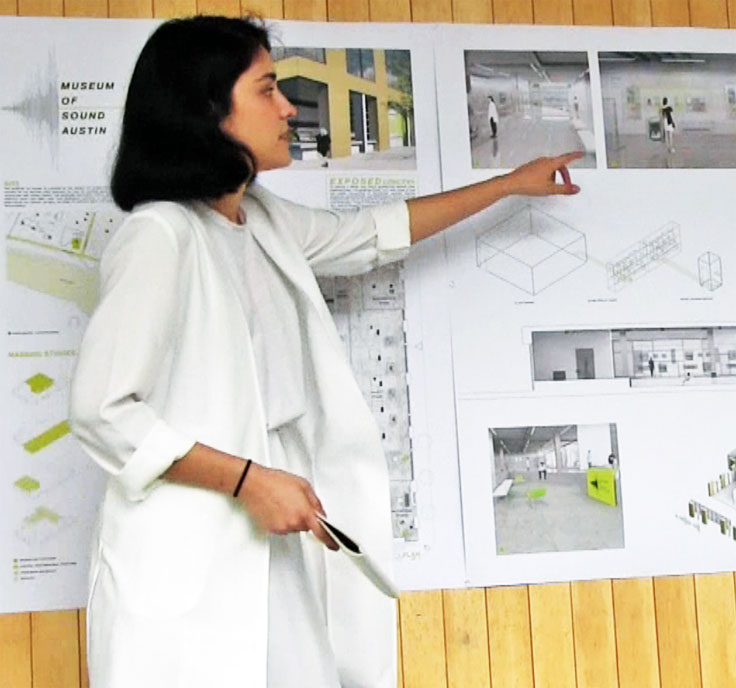 Raquel Torres, senior interior design student in the School of Architecture at The University of Texas at Austin, has been awarded a $30,000 Angelo Donghia Senior Scholarship in Interior Design, the largest interior design scholarships in the United States.
Raquel Torres, senior interior design student in the School of Architecture at The University of Texas at Austin, has been awarded a $30,000 Angelo Donghia Senior Scholarship in Interior Design, the largest interior design scholarships in the United States.
Torres, who interned this past summer at Gensler in Austin, is one of only 14 students nationwide awarded the $30,000 scholarship based on a juried competition of portfolio submissions.
Torres' submitted project, Museum of Magnetic Sound Recording, was completed as part of a spring 2015 design studio taught by Associate Professor Tamie Glass.
The main project addressed the development of a museum to house a vast vintage recording collection that includes a large number of reel-to-reel tape recorders and microphones, along with other items and memorabilia related to magnetic sound recording. This world-class facility will be aptly located in Austin, Texas, “The Live Music Capital of the World,” and will fulfill the mission to preserve historically significant devices while educating visitors on how recording technology has impacted music, broadcasting, film, video, and science. UT students offered inspiration to the local nonprofit organization’s board of directors, including Martin and Chris Theophilus and architect Lloyd Cates, by providing a vision for innovative exhibits and experiential interiors.
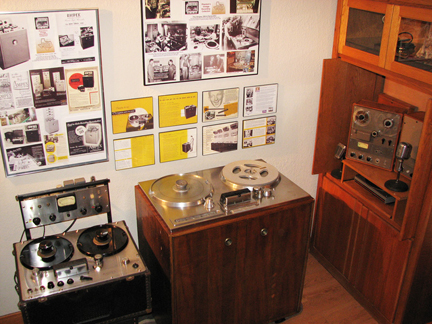 Here's the original summary about our vision.
Here's the original summary about our vision.
A very essential goal is to create a permanent home, open to the public, for the vintage recording collection. That collection presently has over 200 reel to reel tape recorders and 100+ microphones and other items related to magnetic sound recording. In addition to preserving and displaying the magnetic recording equipment, we are setting goals of creating a significant permanent museum that will: research and archive information about sound recording; provide education about the history of sound recording; and display related documents, manuals, catalog, magazines and memorabilia.
When completed, the museum will display the vintage equipment in a setting that provides perspective on how the units were used. Most will be able to be demonstrated. There will be rooms that show how early recording studios were equipped. Items will be displayed with memorabilia of the same period. There will be areas for restoration of the equipment where folks can view how the recorders work and see how the technology developed. Initially, the Theophilus vintage recording collection, related documentation and web content will be on loan to and may eventually be donated to the museum once a facility is established.
Our belief is that creating a viable permanent public museum that includes magnetic sound recording will require a much larger facility that attracts a significant number of visitors. Our vision is a facility that incorporates all the sound recording media elements including: broadcasting, education, music, science, film sound recording and historical memorabilia related to musicians and sound recording technology. Education regarding acoustics and the science of sound, including developments in technology for persons with hearing disabilities. Each entity would have its own unique area in the museum from acoustic sound recording devices through tape and digital. We found that there are several wonderful media collections in existence that are unavailable to the public except for very limited exhibitions, because they have no permanent facility. This larger museum would bring together these vintage collections from each of the media categories and make them permanently available to the public.
In the end, we view the Museum as a significant destination facility for Austin and Texas. We welcome all inquiries about and recommendations for the endeavor. Thank you!
Fading
Many folks today are not aware of the significance of magnetic sound recording and that it enabled the recording capabilities we enjoy today. . The engineers who invented and built the devices are fewer and fewer. Unfortunately many of the magnetic sound recording devices are slowly disappearing. We receive offers from families daily who are cleaning out parents and grandparent's possessions and offering us old devices. We no longer are accepting donations as we are out of room. Other than eBay, we have little to offer the families.
The first magnetic tape recorder was created in Germany in 1934. The majority of the world's magnetic tape recorder companies came into existence post World War II. John Boyers, the last remaining founder of one of America's significant tape recorder manufacturers, Magnecord Recorder Company, passed away the end of September 2012. Robert Metzner,the founder of Roberts Recorders/Califone/Rheem passed away in 2013. Like WW II veterans, we are losing the significant folks in this brief period of sound recording history. Their information needs to be documented and recording memorabilia archived. The devices themselves began being discarded in the 1980’s. There are still numerous units, many with significant historical value that can be saved from our landfills.
Austin, Texas
We'd envisioned Austin being a perfect location for this museum, but were open to other locations. Chris and Martin Theophilus were part of the Austin MusicBusiness group that came up with "Austin, Texas, Live Music Capitol of the World!" Unfortunately many of the classic venues that enabled that slogan are gone. Forced out by higher leases and a lack of commitment to save one of the prime reasons folks were attracted to Austin.
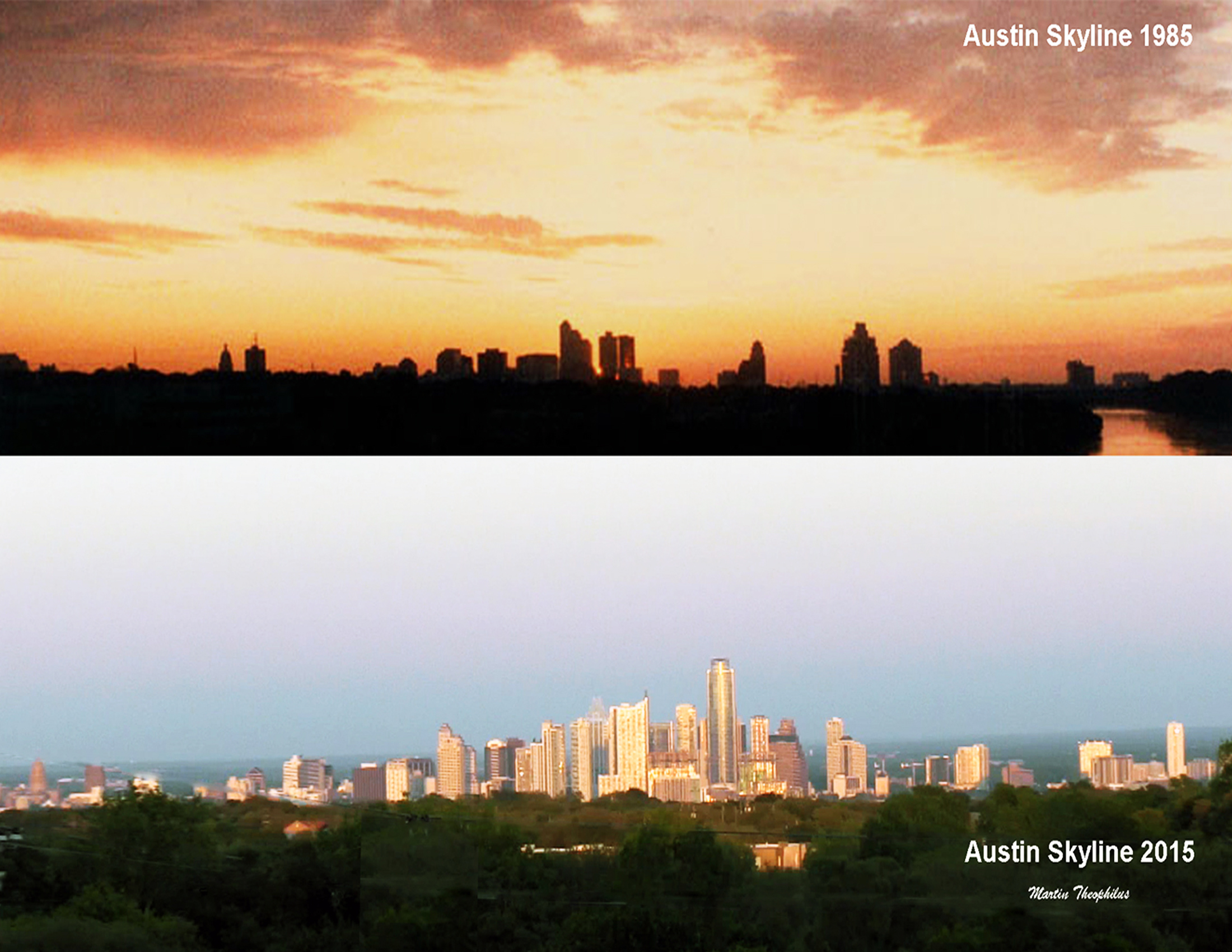
Sound recording encompasses broadcasters, educational institutions, film, video, science and all forms of media. Interestingly the very first known sound recording occurred in 1857. That recording had no means of replay. It wasn't until 2008 that technology enabled the recording to be reproduced. It turned out the be the French folk song "By the Light of the Moon."
Music recording has driven many of the innovations in magnetic sound recording. Austin, Texas is the "Live Music Capitol of the World" and draws hundreds of thousands of visitors specific to the music and recording industry through South by Southwest (50,000 attendees); The Austin City Limits television series; the Austin City Limits Festival (70,000 attendees a day for 3 days over 2 weekends) and numerous other events. This provides the perfect setting for folks interested in the history of sound recording to tour the Museum of Magnetic Sound Recording. However, we received no concrete support from the city, universities, organizations, developers and others we approached. There was a great deal of verbal support and when we pursued grants, letters from significant sources were provided. In the end no viable situations were secured.
So we are continuing the collection with the online web sites indefinitely. Once all the collection is totally updated, we plan to retain some core items that are significant to the history of sound recording and the rest of the collection will be sold. The videos available for download will also be updated and will continue to reflect our ongoing efforts in preservation.
